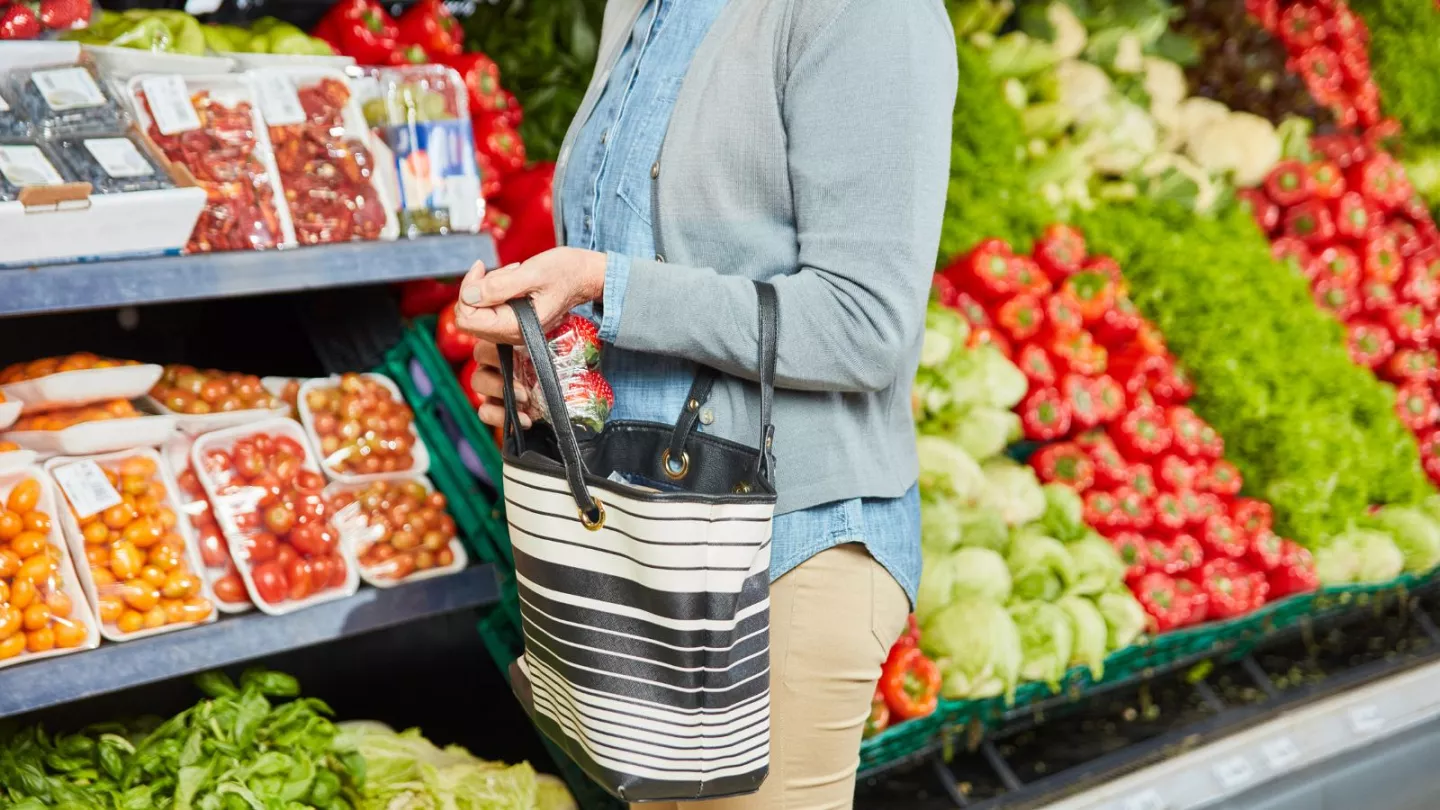By Doloresz Katanich
German retailers noticed a gaping hole of missing merchandise worth €4.95bn when they completed their inventories in 2024. That’s according to a new publication by the country’s EHI Retail Institute, based on a survey they carry out each year.And while the overall loss is 3% more than in the previous year and a new record, the nearly €5bn is not entirely due to crime. The report estimates that approximately €4.2bn of losses are linked to theft, and the rest can be blamed on companies’ own mistakes, such as incorrect price labelling, and recording and valuation errors.The survey collected responses from 98 companies, operating more than 17,000 shops in Germany.The report suggests that shoplifting, including organised crime, cost approximately €2.95bn to the sector last year, an increase from €2.82bn in 2023.Companies’ own employees were also behind losses of €890mn, and a loss of €370mn was attributed to theft by suppliers and service companies. According to EHI’s report, shoplifting, theft committed by customers, has been on the rise since the COVID-19 pandemic, despite police reports showing a 5% decline in reported cases in 2024.“A total of 98% of all thefts go undetected in Germany, meaning that counting losses requires checking inventories for missing items,” the report said.Shoplifting is increasingly controlled by organised crimeProfessional theft rings have become a significant retail threat. The study estimates that, compared to last year, shoplifting linked to organised criminal activity increased by 5%. In 2024, organised activity accounted for around one-third of all the customers’ theft, or almost €1bn.“Many retailers are certain that organised theft is becoming increasingly professional and will continue to increase,” the report said. It added: “Larger groups enter stores and mercilessly pack products. Security and staff usually have no chance. The unmanageable development of gang crime, its connection to large online sales platforms, and the lack of action against it are problems.”Poverty could also fuel shoplifting“Another challenge remains ‘ordinary’ customer theft, which is partly attributed to rising living costs and higher unemployment,” the report said.Germany, the biggest economy in the EU, has been struggling with inflated energy prices and lower productivity, partly linked to the war in Ukraine and the COVID-19 pandemic.The country’s manufacturing sector is now facing major uncertainties in global trade, coupled with elevated energy prices and supply chain issues. The ailing economy has contracted every other quarter since the end of 2022.Housing costs rose to the extent that 12% of the population spent more than 40% of their income on it last year, according to the country’s statistics office. The EU average is 8.2%.One-fifth of the people are at risk of poverty or social exclusion, and though inflation has eased to around 2%, unemployment is at the highest level since late 2020, sitting at 6.2%, according to the Federal Employment Agency. The agency also said in its latest report that the number of unemployed people is nearing the 3 million mark for the first time in a decade.Where does shoplifting occur the most? Nearly €2bn worth of stolen goods were missing from food stores, and smaller supermarkets were the most targeted. Drugstores and hardware stores also saw significantly increased losses in some cases.Meanwhile, official police records, which don’t cover each case, show a 5% decline in shoplifting cases for 2024, according to Police Crime Statistics data (Polizeiliche Kriminalstatistik).This follows two dramatic increases in 2022 and 2023 when the reported cases showed a double-digit jump each year, rising by 34.3% and 23.6% respectively. However, the survey by EHI Retail Institute said that an estimated 98% of shoplifting cases go undetected.In 2024, retailers’ damage, worth €4.2bn, also translated into losses for the federal budget.“The economic damage resulting from theft due to lost sales tax amounts to approximately €570mn per year,” the report said, assuming that three-quarters of the stolen items are subject to a VAT rate of 19% and the remaining quarter to 7%.Increased security budgets Retail companies spend around 0.33% of their turnover on security measures, including staff training, camera surveillance, targeted use of store detectives, and anti-theft display units. The total cost of all related investments was around €3.1bn, bringing the total cost of theft and prevention to €7.3bn last year. This comes down to around 1.5% of the sales prices of the average purchase, meaning that customers had to shoulder the costs, too, the study concluded.
